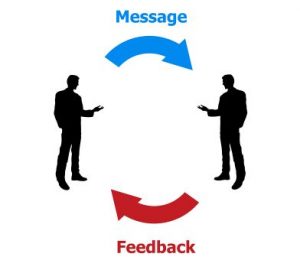
Do You Have an Attitude of Gratitude?
Do you regularly express gratitude? I’ve seen some pretty amazing examples of this simple practice in some of the organizations where I consult and coach.

Do you regularly express gratitude? I’ve seen some pretty amazing examples of this simple practice in some of the organizations where I consult and coach.

I’ve been discussing the art of receiving feedback. This is key for leaders because organizations need to respond with agility to changing market needs and

In my opinion, based on what I’ve observed in organizations, receiving feedback may be one of the most difficult thing leaders should learn to do

From what I observe in organizations, the most difficult conversations for leaders are those where they want to influence a change in someone’s behavior. Although

Perhaps leaders aren’t making the best use of feedback conversations. As a leader, your ability to make sense of greater levels of complexity continues throughout

I’ve been thinking about how to get a legitimate complaint at work heard, in a way that has an impact. I blogged about how to

You see a problem at work, in fact, a big one. You know you want to speak up. You weigh the pros and cons… complain

Many managers fail to coach their people, preferring to fix problems and provide solutions. They don’t take the time to have coaching conversations in which

It’s not always that managers don’t know how to coach; it’s that coaching conversations with employees often turn into project task updates instead of furthering

Let me ask you this: as a manager, are you having coaching conversations with your people? In spite of wide-spread coach training, most of the

Join Nancy as she talks with Meredith Hirsh, her client, on her podcast, Working Healthcare. Learn when to seek a therapist versus a coach and

Listening may be the most difficult skill to master when communicating effectively. But master it, we can! The non-verbal part of communicating is the most

How do you test your leadership insights? “Innovation is seeing what everybody has seen and thinking what nobody has thought.” ~ Dr. Albert, Szent-

An organization’s health is only as sound as its leader’s decisions. Some companies prosper from wise leadership directions, while others struggle after flawed choices—choices that







